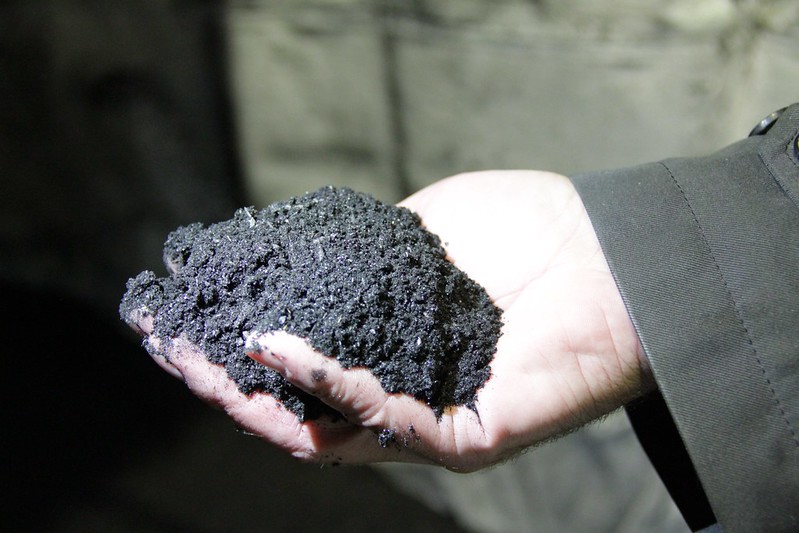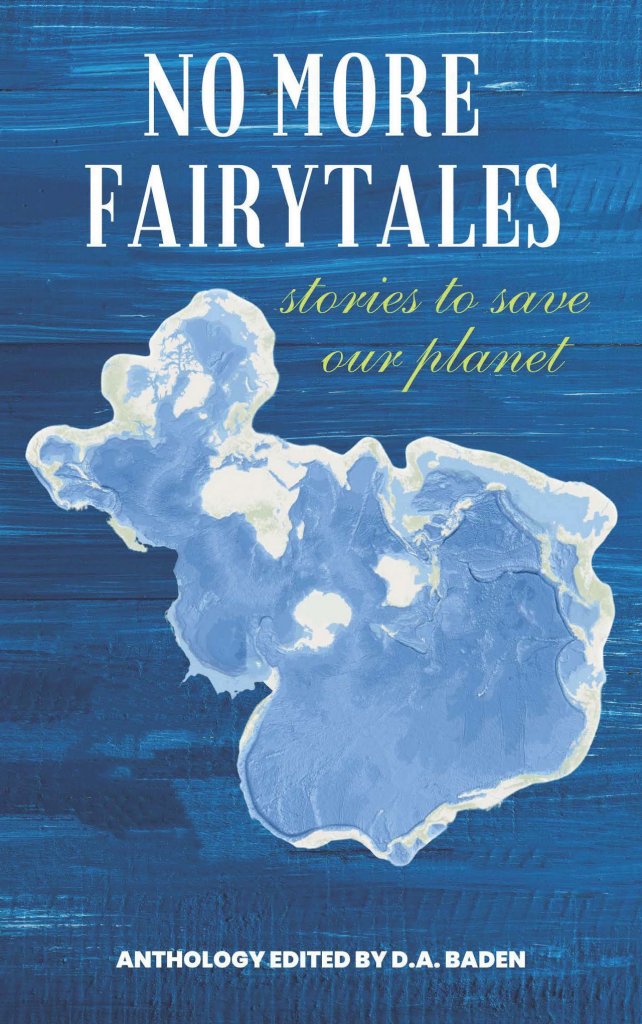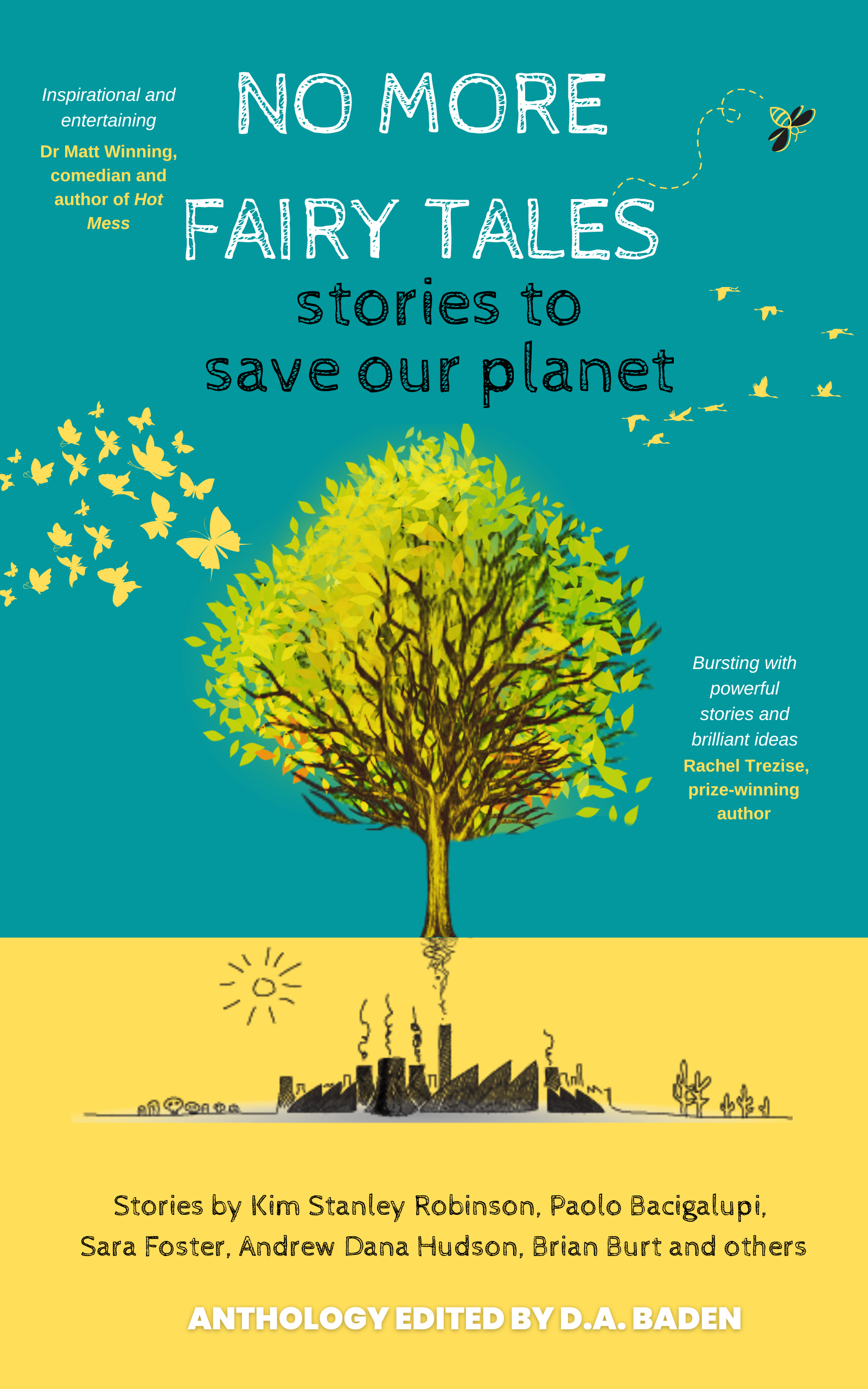
Now that you have finished reading Mangrove Maj by Martin Hastie, it’s time to turn the story into reality. The story presents using mangrove forests and biochar as natural sea wall protection. All the solutions proposed in our COP27 Anthology are realistic, they have been verified by experts in their field but they will require financial investment, policy changes, research and/or time to become reality and/or scale up. IF we start acting now, we can make it happen. This page is designed to give you the tools and information you need to get started on implementing the solutions presented in the story. The power to save our planet is in your hands, will you use it wisely?
Navigation
- Solution 1: Mangrove Terraces
- Solution 2: Biochar
- Solution 3: Seagrass/Kelp
- Solution 4: Sustainable Farming
- Find out more about the author: Martin Hastie
Solution 1: Mangrove Terraces
The story combines the potential of mangrove forests as sea wall protection and the huge potential of biochar for carbon capture. Mangrove forests can protect coastal communities from all sorts of natural disasters such as forest fires, storms and cyclones, the WWF has a very extensive page that describes this solution.
This page is dedicated to information and research on using mangrove forests as sea walls. Please see the biochar page for information on that solution. At the bottom of the secion, you will find a table which features calls to action for policymakers, funding bodies, businesses and the public.
Read More
According to the US National Ocean Service, mangroves are “a group of trees and shrubs that live in the coastal intertidal zone”.
This solution is classed as low-hanging fruit (low risk, quick win). Mangrove terraces are likely to be relatively simple to try. Several sites will need to be developed to establish the pros and cons of different approaches.
Solutions such as this one already exist (see Seawater Solutions). This video by the iSelectFund explains how this solution would work:
Natural regeneration and propagation of mangroves through seeds and seedlings Mangroves grow in a modest temperature of not more than 35°C and low salinity water, making their survival a big challenge in Abu Dhabi, where temperatures rise during summer months. Temperature and salinity may be an issue in some of these harsher areas but there are other areas we could consider such as Pulau Mesa (Indonesia).
This example from Bangladesh is also insightful.
How does the solution rate in terms of…
| Climate impact (tonnes of carbon removed/saved) | Each site could have the potential to deliver 10’s of thousands of tonnes of CO2 sequestration per year, through biochar, new plant growth and soil improvement. |
| Climate adaptation/resilience | Large areas of inhospitable coastline could be converted into green landscapes, using salt water tolerant plants and mangroves. This would transpire water which would form more clouds and ultimately more rainfall. |
| Social justice i.e., addresses inequalities, diversity, inclusion (high impact) | The process is well suited to some of the poorest parts of the world, Yemen, and other poor coastal areas of the middle east. |
| Cost of actions needed to progress goal | Mangrove terraces would be a very low-cost project, using basic agricultural techniques, along with a small solar panel and a submerged pump. The system would be relatively easy to monitor and assess in terms of carbon/biomass outputs with satellite systems. |
| Which location(s) is solution most needed/applicable | Any area of arid coast, on seas or lakes, could be suitable for this system. The system could also be used in arid areas where saline groundwater is available, even where fresh groundwater is not an option. |
| Risk | This is a very low-risk option. It will quickly become apparent in the first experiments if the use of seawater is harmful to the landscape. |
| Feasibility | This system could be deployed today. |
What other plants grow amongst mangroves?
Watch this video about “Regreening the Sinai” or read the article in the Guardian on the same topic. There are also some quite small coastal watersheds here (in North and Middle Eastern Egypt) that could be switched to salt water with limited impact on neighbouring watersheds.
Other uses of mangroves
The coppicing grows beautiful straight poles. Most of them are used for temporary structures. As the number of climate refugees has grown, so has the number of encampments which use huge quantities of materials. The poles are used for tents and canvas structures of various sizes, and as they are wood, they are easy to work with and still reassuringly natural. To avoid them being used for firewood, to prevent rot, mould or insects, and to extend their life, they are pressure treated with Borax, like this bamboo school in Bali. Because the poles last for years, it is recognised as a form of carbon sequestration with massive added social benefits. This generates further income with new so-called social credits as well as carbon credits.
Interested in progressing this solution further?
Here are a series of steps you can take to progress this climate solution further. You can also contact us at greenstories@soton.ac.uk and we’d be happy to connect you with experts in these solutions to discuss further.
| Actions for policymakers | Provide accessible permits for limited projects operating at the 1,000 TPY scale – the potential for harm is small, no more than 3 articulated lorries. |
| Actions for funding bodies | Provide full funding for dozens of projects in multiple locations around the world. |
| Actions for business | Develop carbon credits which support and facilitate the deployment of every aspect of the process, including for highly speculative projects which may fail. |
| Actions for public | Volunteer to build these sites and sponsor long-term. Try new crops from this source. |
Read Less
Solution 2: Biochar
Several stories in the COP27 Anthology showed how biochar works as a climate solution such as Mangrove terraces, Refreeze the Arctic, Carboni, Desert Spiral, Groundup and Fairhaven. Biochar is charcoal made from plants that helps bring back life to degraded soil. There is already a number of small operations working with this solution around the world such as Renewables Plus, Pyreg and Puro.
Our experts have classed this solution as a ‘low hanging fruit’ (relatively low cost and quick win).

Read More
How does this solution rate on:
| Climate impact: tonnes of carbon saved/removed | Sites can produce between 1 tonne per year and 10,000 tonnes per year of biochar = 3 tonnes of CO2 sequestered. |
| Climate adaptation-resilience | Biochar in the soil helps rebuild soil health and water retention. |
| Social justice i.e. addresses inequalities, diversity, inclusion | Integration of carbon credits into the agricultural process provides additional sources of revenue for rural people and businesses. |
| Cost of action needed to progress goal | Various types of equipment are available which can be used by low-cost small-scale operators and high throughout large-scale operations. |
| Which location is the solution most needed/applicable | The process can be most effectively deployed on plantations and industrial sites that are already handling large quantities of biomass. |
| Risk | As the process is distributed across the land, it is low risk. |
| Feasibility | This process could be widely applied today. |
Do your own research on the solution
This short video explains how a company called HUSK use biochar in Cambodia to fight the climate crisis.
These two TED talks also give a good explanation of biochar and how it works:
This BBC Horizon documentary also illustrates the history of biochar. The solution is not a new one that we are proposing. In fact, it was already used by the inhabitants of the Amazon Rainforest pre-Columbus. Whilst the solution is easy, cheap and effective, biochar is yet to become a mainstream solution.
For some further reading, you may wish to visit this Project Drawdown page or this International Biochar Initiative page on biochar technology.
Interested in progressing this solution further?
Here are a series of steps you can take to progress this climate solution further. You can also contact us at greenstories@soton.ac.uk and we’d be happy to connect you with experts in these solutions to discuss further.
| Actions for policymakers | Biochar is a straightforward climate solution that is small scale now and could be much larger. Carbon credits should be graded so that the highest quality credits such as those from biochar are clearly differentiated from others. Offsetting activities should include a % of these high-grade credits, and a sliding scale of the lower-grade alternatives. Soil restoration should be prioritised. The registration of projects for carbon credits is onerous. It is not worth developing a project of fewer than 1000 tonnes. This should be greatly simplified. To balance this inconvenience, it should be made more inconvenient to run a CO2 emission source. For example, all vehicles, machines or generators with a fuel tank of more than 70 litres should be registered as a large emissions source – this includes most big SUVs and pickups. An onerous form, matching that of a carbon credit registration, should be filled in, detailing the operation of the CO2 source, so that a better understanding of these sources can be generated, and to discourage non-essential use. |
| Actions for funding bodies | Provide full funding for dozens of projects in multiple locations around the world. |
| Actions for business | Use as many high-grade carbon credits as possible. Be prepared to pay in advance for better credits. Work with agricultural suppliers to help them convert their agricultural residues into biochar. |
| Actions for public | Reduce personal consumption of all things… |
Read Less
Read the first page from the story below:
It would be fanciful to suggest that my origins were humble – a first-rate if rather troubled education at Lancing College, a knight-of-the-realm father rubbing shoulders with ministers and minor royals. (Papa was, rather unfortunately, disgraced in later life, but the point still stands.) When you exist only in these rarefied environs, the advantages that you have over others are neither apparent nor of any particular concern. Indeed, the first time I read an opinion piece accusing me of being posh and overprivileged, I almost spat out my 1969 Louis Roeder Cristal Millesime Brut. Later in life, though, even I had to appreciate that such a charge is difficult to counter when you happen to be in possession of your very own island.
As islands go, it was never much to write home about. Small, scrubby, over-grazed with stringy goats. It was really neither use nor ornament. The island’s one redeeming feature was the not-quite-golden beach on its south-facing shoreline, and in those early days, my darling wife, Jeane, and I spent many a sun-kissed afternoon seduced by the lapping waves, surrounded almost entirely by unspoilt nature, feeling as though the world was ours alone. Jeane could happily idle away countless hours watching tiny sand crabs scuttling from hole to hole like batters sprinting between bases, while I liked to cheer on the mudskippers as they used their minuscule but powerful forelimbs to hoist themselves through the thick gluey sludge beneath the jetty. If often gave me cause to ponder whether these extraordinary creatures were observing me just as I them, peering up through inquisitive eyes and wondering what on earth is this peculiar man staring at?
My fortune, as I mentioned, came from oil, amassed via a combination of good luck and fortuitous timing, a smattering of expertise and a dedication to the job that very nearly killed me. Aged just forty-four, my heart decided it had had more than enough of my work-work-work lifestyle and tried its best to condemn me to an early grave. Somehow, to even my doctors’ amazement, I pulled through. Jeane’s immense relief was tempered by the fact that my first act upon opening my eyes in the Intensive Care Unit was to ask if I’d missed any important messages from the office. She was also a little nonplussed by my referring, tongue-in-cheek, to my revival as ‘the Resurrection’. But I think, all in all, she was glad to have me back.
Martin Hastie ‘Mangrove Maj’.


Meet the author: Martin Hastie
Martin Hastie is a freelance writer and editor. Over the last ten years he has written for TV, radio, stage and online. Working in television production, he helped to produce content for shows in Malaysia, the Philippines and Indonesia. He has also taught creative writing and is an award-winning stand-up comedian.
